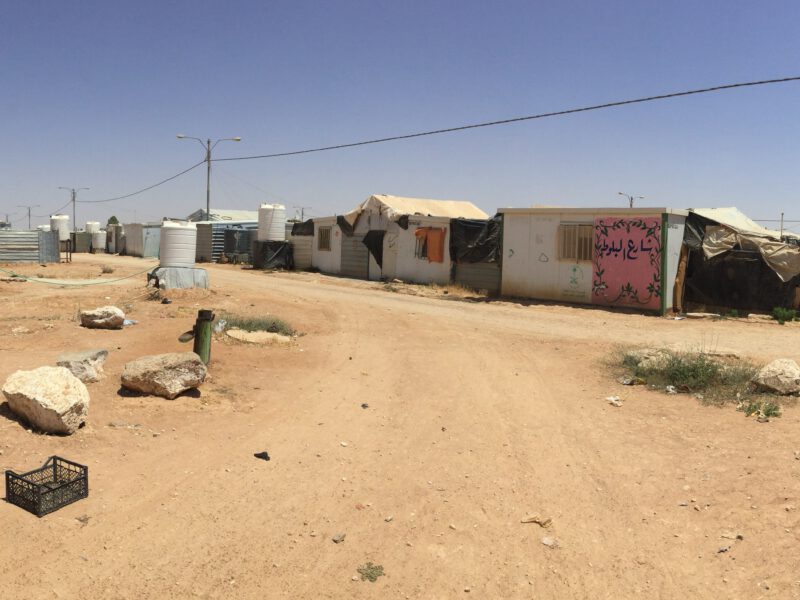
One component of Transform is the Intensive Lab Session (ILS). All cities in Transform designated a district where urban transformation is taking place and energy transformation is a mayor challenge. During the ILS, all stakeholders of the district meet to discuss on the energy challenges. To enrich the session, urban & energy planners from other Transform cities participate to give an outside perspective.
The idea behind the ILS is that it is impossible to restructure existing urban districts, without shared goals and strategy between all stakeholders. The same accounts for the design and development of new city districts. So, gathering all stakeholders is important when designing future city development. Transform builds tools to support the decision process between stakeholders.
In the first week of July 2014 we, the Transform team, were invited to discuss with stakeholders in ?La Part Dieu?, an inner city business? district of Lyon. We had three days of very interesting sessions with about fifty participants. The goal of “La Part Dieu” is to double the floor space to the area without increasing the energy needed. A huge challenge!
A lot can be said about the sessions, what we learned and what we discussed. For this post I will focus on energy systems alone and Transform tools.
The old way
About ten years ago city design was mostly about the infrastructure and buildings above ground. To get energy, water and other utilities we called the energy providers to connect buildings, streetlights etc. to the gas, electricity, heat, water systems. Systems (almost) separately designed by technical staff of municipal or state owned energy divisions.
Since then a lot has been changed. Energy companies are privatized, networks are decoupled from the energy producers (in most of the cities), energy networks are owned by the public but operated by private companies, sustainable energy is needed to protect the climate; keep the air clean; and to be less reliable on foreign resources, buildings are more and more energy efficient; sometimes producing energy, thousands of new producers (Photo Voltaic) are entering the system, electrical cars are becoming reality, , the energy price has become far more volatile due to the ramp up of renewable sources, no party has the overall decision power in the system, ??.to name a few.
It is transition time!
Today
During the sessions we had discussion about the way today’s La Part Dieu energy systems works. It turned out that no-one knows exactly because there are so (too?) many stakeholders involved and data is only partly available. For instance: the network company doesn’t know what happens behind the front door of houses or office buildings. The energy company doesn’t know where the energy is coming from. The city doesn’t know what the renewable energy potential is in the area. Investments are needed in gas infrastructure, district heating, cooling and electricity but what the best system is, couldn’t be answered???.. It turns out that solutions differ from building to building. And last but not least because of a law suit against the municipality about a tender, all investments in the district heating and cooling infrastructure are postponed (for about six years now!).
The next problem is that needed data is hardly available. Energy distributors are reluctant to provide the city (and other stakeholders) with energy related information, because they think it could be bad for business, in conflict with privacy rules or because data release is forbidden by regulations or owned by their clients. But we all know that it is impossible to design new systems without a sound business case behind it. We all know that you can?t make decisions for investment if the business case is incomplete. Especially in designing complex district refit projects, during energy transition. Without the basic information you can?t start designing resilient future urban plans and related systems!
Future systems
This is where Transform comes in. Transform is building methods, like the ILS, to support designing new future energy systems for cities. The future above ground city design and the underground utility systems are to be designed together, intertwined, as a whole. Therefore, all stakeholders ? and it?s different from the old days ? are to be involved and part of the ?game?.
 To support decision making Transform builds an interactive web based ?Decision Support Environment? (DSE) to simulate and compare several possible energy systems for a given district or city. To engage stakeholders and give them a better insight in their role and the cooperation needed in the new energy landscape Accenture developed a serious game. The game was tested during one of our Lyon sessions. To my opinion it was successful!
To support decision making Transform builds an interactive web based ?Decision Support Environment? (DSE) to simulate and compare several possible energy systems for a given district or city. To engage stakeholders and give them a better insight in their role and the cooperation needed in the new energy landscape Accenture developed a serious game. The game was tested during one of our Lyon sessions. To my opinion it was successful!
Within some months the DSE and the game will be ready for use. We hope that the DSE and the game will help our and other cities to (re)design their future energy systems.
Two remarks
1. The DSE only works with sufficient and reliable data. To build and compare the different (above and underground) energy systems, data about energy, data about technical measures and financial data about different measures are needed. And as described above, it is not always easy to get the needed data.
2. I know that making a good decision can be (partly) based on ?gut feeling?. But I also think that decisions about complex multi stakeholder related systems, such as city development, can?t be taken on feelings alone. I’m convinced that the DSE and the game will support the wanted ratio behind it.



